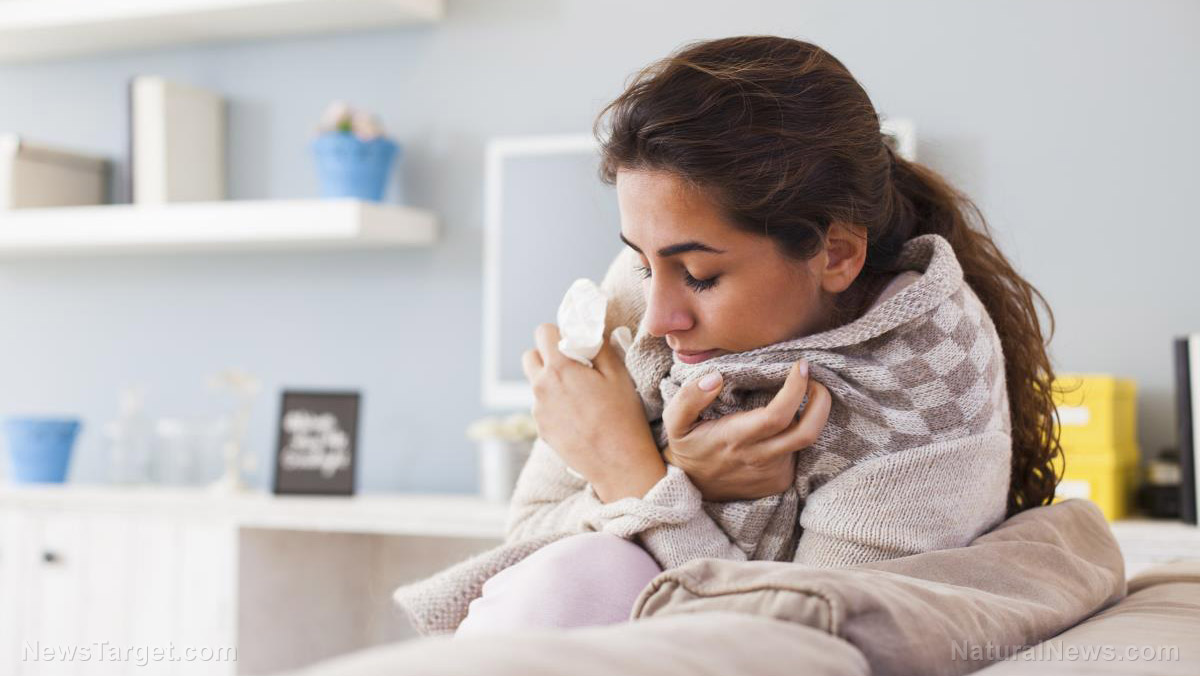Women found to purchase more flirtatious clothing when they shop during their fertile window, say scientists
06/19/2017 / By Bridgette Wilcox

A woman’s menstrual cycle affects many things from her mood, to her eating and exercise routines, and even her shopping habits. A new study suggests that women are more likely to shop for clothes when they are most fertile, and are more likely to choose sexier, more flirtatious outfits at this time.
In a study done by the University of New South Wales in Australia and published in Psychoneuroendocrinology, psychologists examined the shopping behavior of 98 women at different points of their cycle, DailyMail.co.uk reported. They observed the participants when they were non-fertile, either at the start or end of their cycle, and during their six-day fertile window in the middle of the cycle. During their fertile period, women said that they would spend the most money on clothes.
At the same time, the participants were shown 10 outfits that had been earlier rated by 67 men and women based on their sexiness. The outfits were typical date outfits, though those that were rated as sexier were tighter, shorter, or more revealing. The participants were asked to rate clothes based on how much they would be willing to spend on them. Results showed that the participants leaned towards the sexier outfits when they were on their fertile window.
Researchers suggest that the change in preference may be a biological response, positing that women are more motivated to attract mates when they are most fertile.
“In this sense, that women are more interested in buying clothes when they are fertile probably has adaptive significance. Because fertility is the only time a woman can conceive, it makes sense that this is the time a woman is most interested in attracting potential suitors but also intimidating sexual rivals — even if she is completely unconscious of doing so,” lead author Dr. Khandis Blake said in the report.
The study also found that women were more assertive when they were most fertile.
“High assertiveness during the fertile window may be a psychological adaptation that promotes mate selectivity and safeguards against indiscriminate mate choice when conception choice is highest,” Blake said, adding that the assertiveness of women on birth control pills may be affected.
Aside from gravitating towards more revealing clothing during their fertile period — which occurs from 10 days to two weeks after their menstruation begins — women undergo other subtle changes to subconsciously signal their fertility. Their voices become higher pitched, and they have a more sexually attractive body odor, Independent.co.uk said in an article.
The article cited a study done by psychologist Geoffrey Miller in 2007 that found that professional exotics dancers earned higher tips when they were near ovulation, compared to times in the month when they were less fertile, suggesting that women become more attractive the more fertile they are.
At the same time, women in their fertile period show a preference for more masculine-looking men. A study published in the journal Evolution and Human Behavior observed 66 monogamous heterosexual couples over the course of a month, LiveScience.com reported. Women were then made to answer a questionnaire on their sexual attractions at different points in their cycle, when they were fertile, and non-fertile. Meanwhile, the men were tested to measure their intelligence, and their photos were rated for masculinity — particularly if they had a prominent jaw, chin, and brow, which are typically considered as masculine.
Based on results, women who were partnered with men who had less masculine faces were more likely to harbor sexual fantasies about someone else while they were ovulating. Researchers did not take into account facial attractiveness when analyzing the results — though women with more attractive partners, whether they had masculine or feminine features, displayed an increased sexual interest for their partners during ovulation.
However, the researchers stressed that this is only applies to women in the short term, and the surge in lust may go in a matter of days.
Read more stories like this on WomensHealth.news.
Sources include:
Tagged Under: Fertility, menstrual cycle, ovulation



















